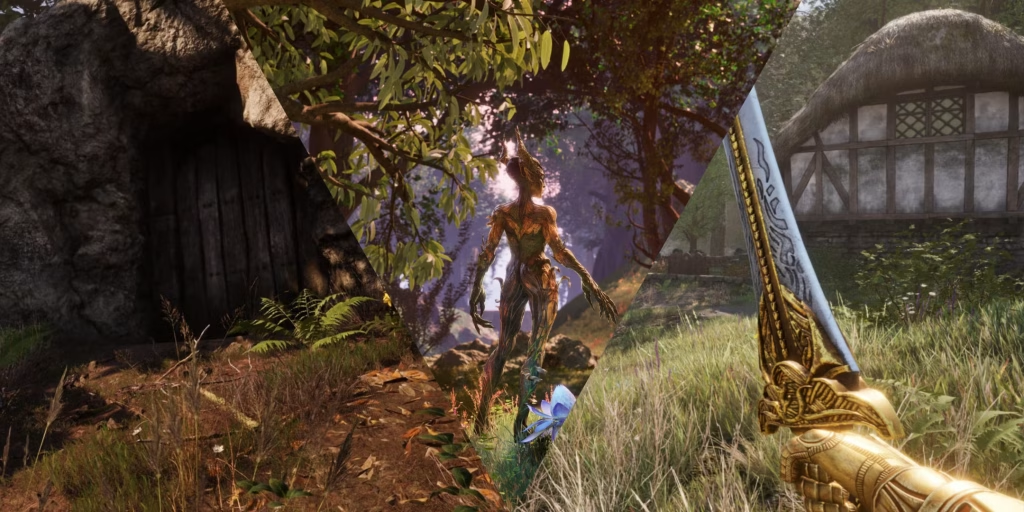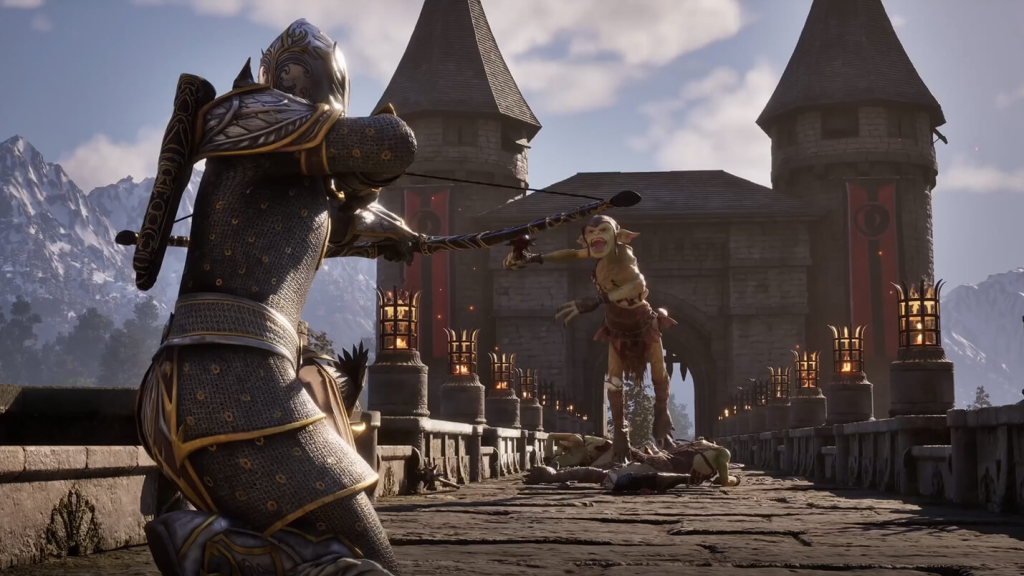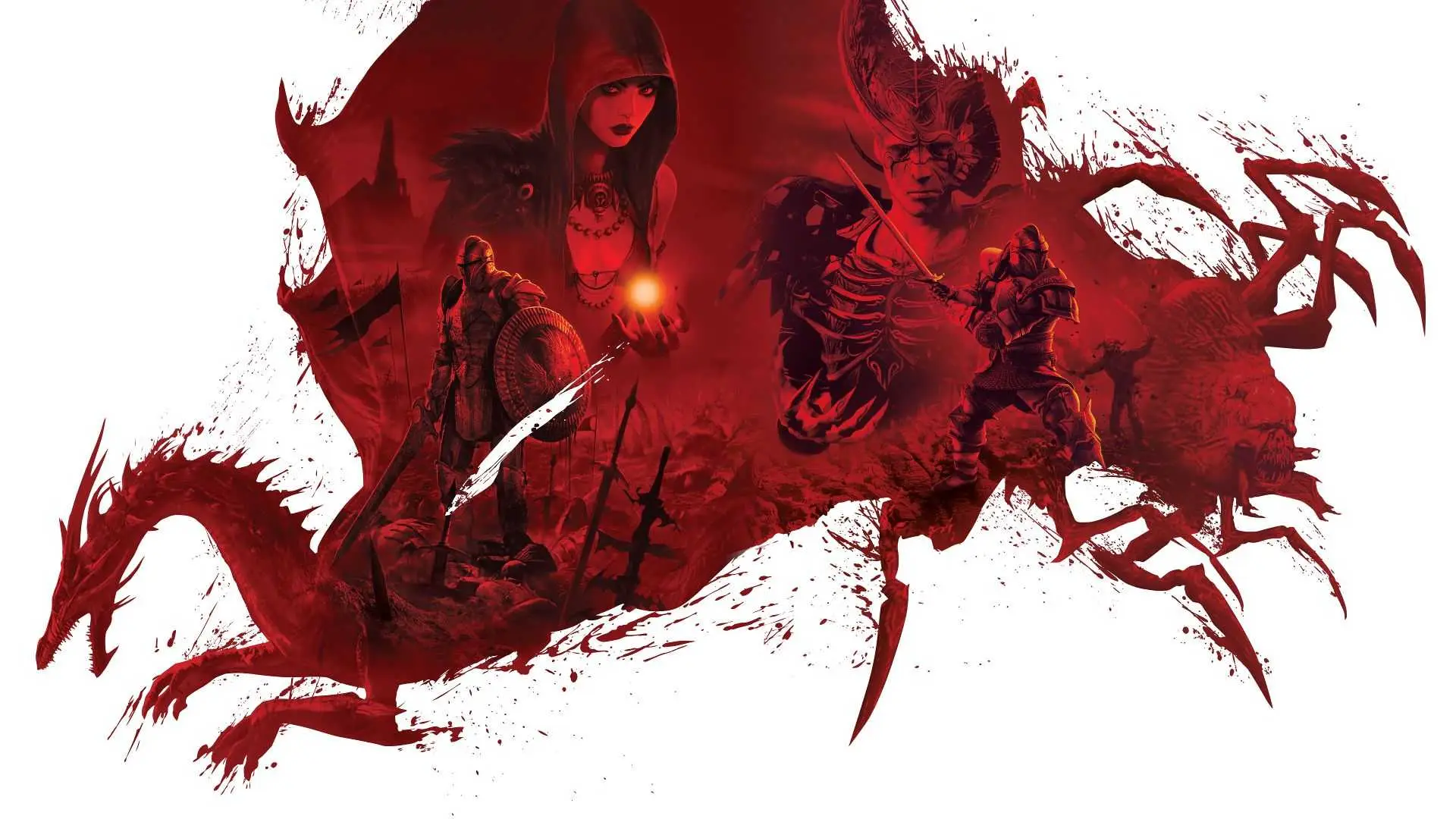The Elder Scrolls series has long been a cultural reference point for the entire RPG industry. After the tremendous success of Skyrim, the players’ attention turned back to the previous chapters. One of the most anticipated news of 2025 was the release of the remake of The Elder Scrolls IV, a relaunch of the iconic Oblivion, first released in 2006. The new project retains the spirit of the original, but builds everything anew — on modern graphics, with redesigned mechanics, updated animation and adapted game design. The launch is scheduled for late spring or early summer, and the industry is already discussing key changes, the team’s approach, and the context of the relaunch.

Relevance: Why revive Oblivion
The remake of The Elder Scrolls IV doesn’t just bring back classics, but reimagines one of the most challenging chapters in the franchise’s history. The original Oblivion stood out for its architectural scale, variety of quests, and flexibility in building a hero. The technical limitations of the 2000s did not allow us to unleash the full potential of the ideas. The new engine, support for modern APIs and open modular tools are changing the perception of the Cyrodiil world. The characters no longer look like puppets, the fights feel alive, and the landscapes are filled with density and detail. The relaunch blurs the line between nostalgia and technology.
Graphic breakthrough: Remake technology of The Elder Scrolls IV
 The developers created the project using the Creation Engine 2.0, which was first used in Starfield. The new architecture made it possible to add three-dimensional vegetation, realistic lighting, animation of faces with emotion recognition, and procedural shadow generation. Each region of Cyrodiil has received a redesigned palette, a new weather system, and climate-specific physics. Deep texture processing algorithms provide detailed objects even at ultra-settings. For the first time, the architecture of the Imperial City feels like a living megastructure — with streets, multi-level areas and full-fledged navigation. The water reflects the sky and reacts to the wind. The trees are swaying from the blows of magic. The armor glints from the torches. Immersion reaches a new level.
The developers created the project using the Creation Engine 2.0, which was first used in Starfield. The new architecture made it possible to add three-dimensional vegetation, realistic lighting, animation of faces with emotion recognition, and procedural shadow generation. Each region of Cyrodiil has received a redesigned palette, a new weather system, and climate-specific physics. Deep texture processing algorithms provide detailed objects even at ultra-settings. For the first time, the architecture of the Imperial City feels like a living megastructure — with streets, multi-level areas and full-fledged navigation. The water reflects the sky and reacts to the wind. The trees are swaying from the blows of magic. The armor glints from the torches. Immersion reaches a new level.
Gameplay changes and innovations
The remake of The Elder Scrolls IV does not repeat outdated mechanics. The interface has been completely redesigned — overloaded panels have disappeared, the inventory has become modular, and the skill system has adapted to hybrid pumping. The team has implemented contextual actions, improved enemy AI, dynamic difficulty adaptation, and NPC behavior based on schedules and emotions. The mechanics of blocks, strikes, and dodges have shifted towards Souls-like models. Characters receive battle frames, stances, and the ability to change tactics on the fly. There was a choice of emotions and tonality in the dialogues. The belief system has received ramifications and consequences. Alchemy, enchantment, and item crafting now require mini-games and preparation.
Restarting quests and stories
In the remake of The Elder Scrolls IV, every storyline is restarted. The main quest dedicated to the Daedra Prince Merunes Dagon has been redesigned with expanded scenes and enhanced drama. There are full-fledged cutscenes, in-game productions, and non-linear endings. Side lines have received new quests, plot forks, and moral dilemmas. The factions have updated their entry and promotion structure. The Guild of Magicians now requires real exams, thieves require stealth skills, and the Dark Brotherhood requires cruelty tests. Each faction develops the hero not only mechanically, but also narratively. Characters remember actions and react to them in the future.
Key features of the remake of The Elder Scrolls IV:
-
The Creation Engine 2.0 engine features a completely redesigned technical base, support for ray tracing, volumetric lighting, and realistic skin and fabric shaders.
-
Immersive animations include updated facial expressions, combat stance animations, NPC emotions, and soft clothing physics.
-
Full voice acting — each dialogue received a voiceover with the preservation of the original spirit, but with modern recording quality.
-
Dynamic Weather and Time Cycle — Weather affects combat, NPC behavior, and the spread of magical effects.
-
Hybrid leveling system — freedom to create a build with the possibility of specialization, but without rigid class limits.
-
Redesigned factions feature non-linear progression scenarios, unique rewards, and in-game policies.
-
Modifications are built into the core of the game — users can download, configure and activate mods without restarting third-party programs.
-
Legacy Mode is an optional setting that returns the original skill system and interface for veterans.
-
A campaign with a variable ending — the main story offers several options for the development of the world, including unexpected twists and alternative branches.
-
Optimization for next—generation consoles – stable 60 fps on Xbox Series X/S and PS5, as well as support for 4K and HDR10.
Industry context: Impact on the RPG market
The Elder Scrolls IV remake is launching during a period of genre reimagining. Open-world games require a balance between freedom and structure, between story and exploration. Oblivion has always created this balance better than others. The relaunch shows how it is possible to update a classic without destroying its identity. The studios pay attention to a hybrid form: on the one hand, nostalgia, on the other, adaptation for new generations. The concept sets the bar not only for RPGs, but also for remasters in general. Technology, rhythm, narrative, and delivery are setting new standards for how old hits are perceived.

Fan expectations and prospects
The fan base, which was formed back in 2006, has been supporting the project for decades. The community has already been creating fan art, theories, and comparing footage. The updated Oblivion has the potential to unite generations, with players who grew up on the original and those who will start their journey in Cyrodela with the remake. The launch on next-generation PCs and consoles expands the audience, while the built-in mod support provides a solid foundation for the project’s long-term viability. A re-release can not only revive an old game, but also restart the interest in the “golden era” of RPGs in the mid-2000s.
Conclusion
 The remake of The Elder Scrolls IV transforms a classic RPG into a modern quality standard. The project does not exploit nostalgia, but creates an independent value — with a unique atmosphere, complex gameplay architecture and a new generation of graphics. The final release in late spring or early summer of 2025 will not just be an event, but a marker of the maturity of the gaming industry, capable of respecting the legacy and developing it without loss.
The remake of The Elder Scrolls IV transforms a classic RPG into a modern quality standard. The project does not exploit nostalgia, but creates an independent value — with a unique atmosphere, complex gameplay architecture and a new generation of graphics. The final release in late spring or early summer of 2025 will not just be an event, but a marker of the maturity of the gaming industry, capable of respecting the legacy and developing it without loss.
 en
en  ru
ru  de
de  ar
ar  es
es  hi
hi  fr
fr  nl
nl  it
it  pt
pt  el
el 









